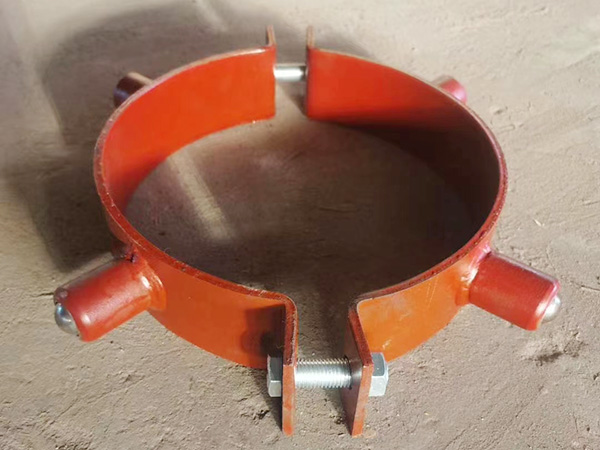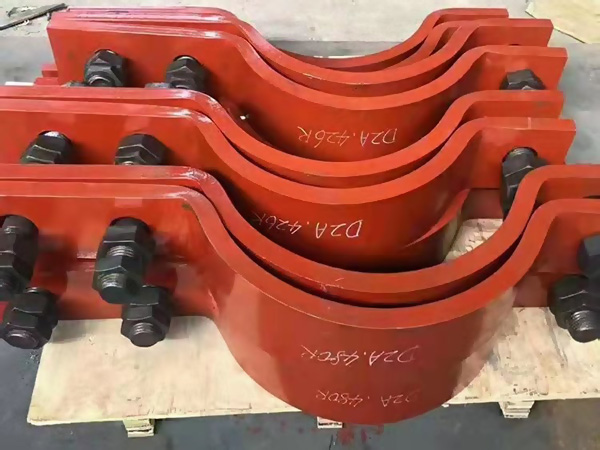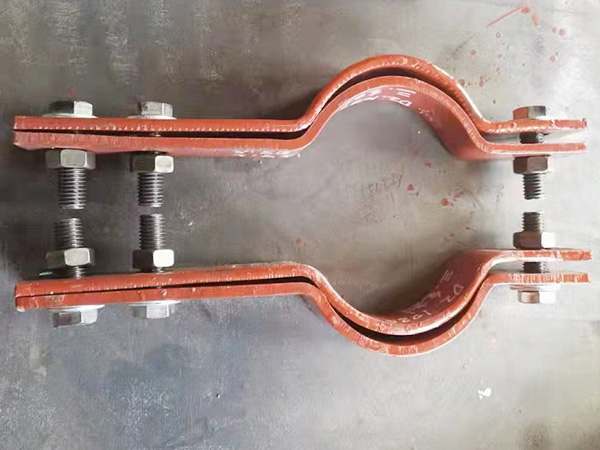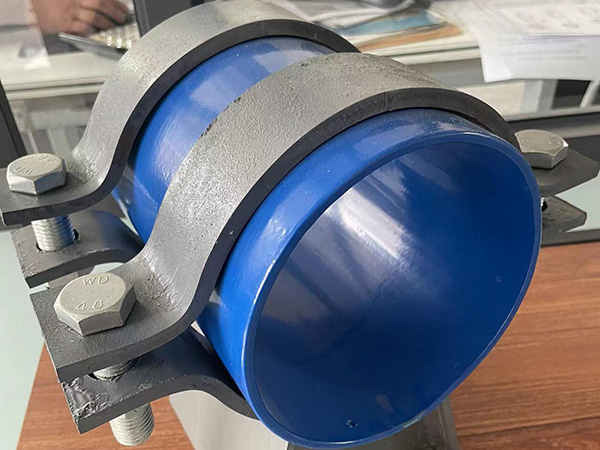Performance Differences and Application Suitability of Tees Made from Different Materials
Author:Mingde Time:2025-04-29 00:54:37 Click:89
Pipe tees, also known as three-way fittings, are critical components in pipeline systems, used to combine or split flow in different directions. Depending on the application, tees are manufactured from a variety of materials, each with its own performance characteristics and suitability for specific environments. Understanding the differences between carbon steel, stainless steel, alloy steel, and plastic tees helps engineers and operators make informed decisions during system design and component selection.
1. Carbon Steel Tees
Performance Features:
High mechanical strength
Excellent weldability
Cost-effective
Moderate corrosion resistance (can be improved with coatings)
Application Fields:
Oil and gas pipelines
Water supply and drainage
Industrial steam systems
HVAC installations
Note: Carbon steel is ideal for high-pressure and high-temperature systems, provided the fluid is not highly corrosive.
2. Stainless Steel Tees
Performance Features:
Outstanding corrosion resistance (especially in acidic or chloride-rich environments)
Durable and long service life
High resistance to temperature extremes
Non-reactive, hygienic surface
Application Fields:
Food and beverage processing
Pharmaceutical and biotech industries
Petrochemical plants
Marine environments
Cryogenic systems
Popular Grades: SS304 and SS316 (for superior resistance to chloride corrosion)
Note: Stainless steel tees are widely used where hygiene, corrosion resistance, or chemical neutrality is critical.
3. Alloy Steel Tees
Performance Features:
Superior strength at high temperatures and pressures
Good corrosion and oxidation resistance (varies by alloy type)
Suitable for heavy-duty applications
Application Fields:
Power generation (boilers, superheaters)
Refineries
High-temperature chemical processing
Nuclear plants
Common Alloys: Chrome-Moly steels (like ASTM A234 WP11, WP22)
Note: Alloy steel tees are preferred in extreme operating conditions, especially where thermal stress or high-pressure cycling is common.
4. Plastic Tees (e.g., PVC, CPVC, PPR, HDPE)
Performance Features:
Lightweight and easy to install
Excellent chemical resistance (especially PVC and CPVC)
Non-corrosive and non-conductive
Cost-effective for non-critical pressure systems
Application Fields:
Domestic plumbing
Irrigation systems
Low-pressure chemical transfer
Wastewater treatment plants
Note: Plastic tees are ideal for low-pressure, non-load-bearing, and chemically aggressive environments but not suitable for high temperature or structural stress.
5. Copper Tees
Performance Features:
Natural corrosion resistance
Excellent thermal and electrical conductivity
Long service life under proper conditions
Aesthetic and antimicrobial properties
Application Fields:
HVAC and refrigeration systems
Potable water systems
Gas supply lines in residential buildings
Note: Copper tees are commonly used in residential and commercial plumbing, especially where thermal cycling occurs.
Conclusion
The material composition of a tee fitting directly impacts its durability, corrosion resistance, pressure rating, and suitability for specific industries. While carbon steel and alloy steel tees offer excellent mechanical performance in heavy-duty industrial applications, stainless steel is unmatched for corrosion resistance in sanitary or aggressive environments. On the other hand, plastic and copper tees are ideal for residential, low-pressure, or chemically sensitive applications.
Choosing the correct material ensures not only long-term reliability and performance but also compliance with industry regulations and cost-efficiency over the lifecycle of the system. Always consider operating temperature, pressure, medium, and environmental conditions when selecting the appropriate tee material.
 Hot Products
Hot Products
 Contact Us
Contact Us
Contact:
Mobile:+86 +86 19133378808
Website:mingdepipe.com
Address:










